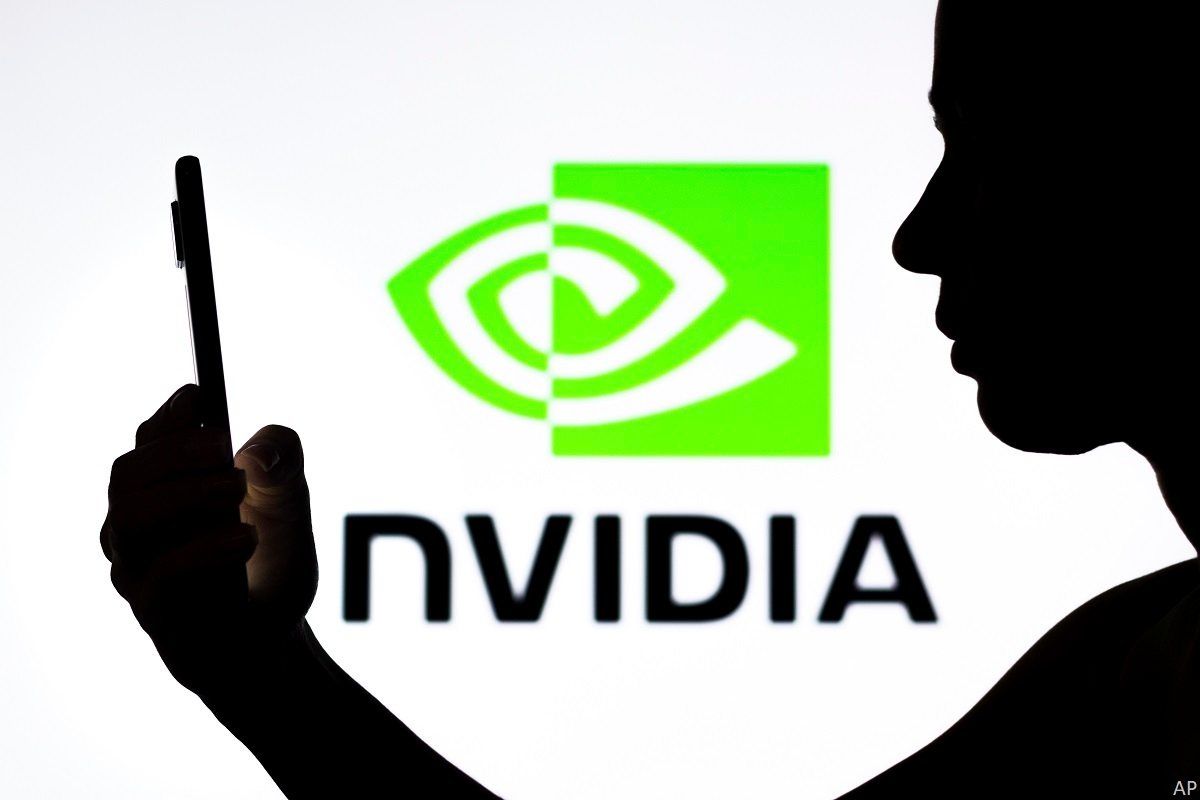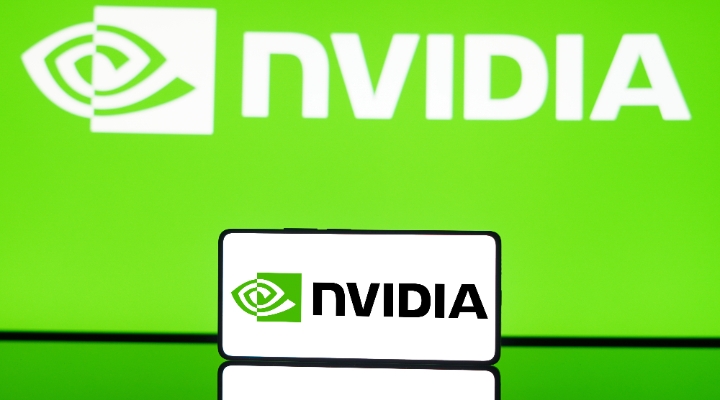
Nvidia NVDA stock has fallen sharply since the company released its second-quarter earnings report on Aug. 28. Here's Morningstar's take on Nvidia's earnings and stock.
Nvidia reported strong results and gave investors a forecast for the October quarter ahead of our prior expectations and FactSet consensus estimates.
In the near term, we still assume the firm will increase its data center revenue by a few billion per quarter as additional GPU production capacity comes online. We're encouraged that leading cloud customers still plan to increase their AI investments.
Even with Nvidia's next-generation Blackwell products arriving later this year, the firm saw no pause in purchases of its existing Hopper family of products. Blackwell is expected to represent $3 billion or more in revenue in the fiscal fourth quarter (ending January 2025).
Nvidia also expects data center revenue from sovereign governments will exceed $10 billion (CAD 13.5 billion) this year, up from a prior estimate of "high single-digit billions" announced last quarter. This revenue stream might be stickier in the long run, as it won't hinge on a government's ability to generate AI revenue.
We think the stock likely sold off in reaction to the earnings because Nvidia's forecast growth for the October quarter wasn't as eye-popping as in quarters past.
Key Morningstar Metrics for Nvidia
• Fair Value Estimate: $105.00
• Morningstar Rating: 3 stars
• Morningstar Economic Moat Rating: Wide
• Morningstar Uncertainty Rating: Very High
Fair Value Estimate for Nvidia
With its 3-star rating, we believe Nvidia's stock is fairly valued compared to our long-term fair value estimate of $105 per share, which implies an equity value of roughly $2.5 trillion. Our fair value estimate implies a fiscal 2025 (ending January 2025, or effectively calendar 2024) price/adjusted earnings multiple of 37 times and a fiscal 2026 forward price/adjusted earnings multiple of 27 times.
Our fair value estimate, and Nvidia's stock price, will be driven by its prospects in the data center and AI GPUs, for better or worse. Nvidia's DC business has achieved exponential growth already, rising from $3 billion in fiscal 2020 to $15 billion in fiscal 2023 and more than tripling thereafter to $47.5 billion in fiscal 2024. DC revenue appears to be supply-constrained, and we think that Nvidia will continue to steadily boost revenue in each of the four quarters in fiscal 2025 as more supply comes online. Based on Nvidia's strong forecast start for fiscal 2025, we model DC revenue rising 133% to $111 billion in fiscal 2025. We model a 23% compound annual growth rate for the three years thereafter, as we anticipate strong growth in capital expenditures in data centers at leading enterprise and cloud computing customers. We think it is reasonable that Nvidia may face an inventory correction or a pause in AI demand at some point in the medium term thereafter. Excluding this one-year blip that we model, we anticipate average annual DC growth of 10% thereafter and consider this to be a reasonable long-term growth rate as AI matures.
Economic Moat Rating
We assign Nvidia a wide moat, thanks to intangible assets around its graphics processing units and, increasingly, switching costs around its proprietary software, such as its Cuda platform for AI tools, which lets developers use the firm's GPUs to build AI models.
Nvidia was an early leader and designer of GPUs, originally developed to offload graphic processing tasks on PCs and gaming consoles. The firm has emerged as the clear market share leader in discrete GPUs (over 80% share, per Mercury Research). We attribute this leadership to intangible assets associated with GPU design, as well as the associated software, frameworks, and tools developers need to work with these GPUs. In our view, recent introductions like ray-tracing technology and the use of AI tensor cores in gaming applications are signs Nvidia has not lost its GPU leadership. A quick scan of GPU pricing in gaming and DC shows the firm's average selling prices can often be twice as high as its closest competitor, Advanced Micro Devices (AMD).
Read more about Nvidia's economic moat.
Financial Strength
Nvidia is in outstanding financial health. As of April 2024, the company held $31.4 billion in cash and investments, as compared with $9.7 billion in short-term and long-term debt. Semiconductor firms tend to hold large cash balances to help them navigate the cycles of the chip industry. During downturns, this provides them with a cushion and flexibility to continue investing in research and development, which is necessary to maintain their competitive and technology positions. Nvidia's dividend is virtually immaterial relative to its financial health and forward prospects, and most of the firm's distribution to shareholders comes in the form of stock buybacks.
Read more about Nvidia's financial strength.
Risk and Uncertainty
We assign Nvidia a Morningstar Uncertainty Rating of Very High. The firm is an industry leader in GPUs used in training AI models, and it has carved out a good portion of demand for chips used in AI inference workloads (which involves running a model to make a prediction or output).
We see many tech leaders vying for Nvidia's leading AI position. We think it is inevitable that leading hyper-scale vendors will seek to reduce their reliance on Nvidia and diversify their semiconductor and software supplier base, including by developing in-house solutions. Among existing semiconductor vendors, AMD is quickly expanding its GPU lineup to serve these cloud leaders. Intel also has AI accelerator products today and will likely remain focused on this opportunity.
Read more about Nvidia's risk and uncertainty.
NVDA Bulls Say
Nvidia's GPUs offer industry-leading parallel processing, which was historically needed in PC gaming applications, but has expanded into crypto mining, AI, and perhaps future applications, too.
Nvidia's data center GPUs and Cuda software platform have established the company as the dominant vendor for AI model training, which is a use case that should rise exponentially in the years ahead.
The firm has a first-mover advantage in the autonomous driving market that could lead to widespread adoption of its Drive PX self-driving platform.
NVDA Bears Say
Nvidia is a leading AI chip vendor today, but other powerful chipmakers and tech titans are focused on in-house chip development.
Although Cuda is currently a leader in AI training software and tools, leading cloud vendors would likely prefer to see greater competition in this space, and they may shift to any alternative open-source tools that arise.
Nvidia's gaming GPU business has often seen boom-or-bust cycles based on PC demand and, more recently, cryptocurrency mining.
This article was compiled by Renee Kaplan.








.jpg)













